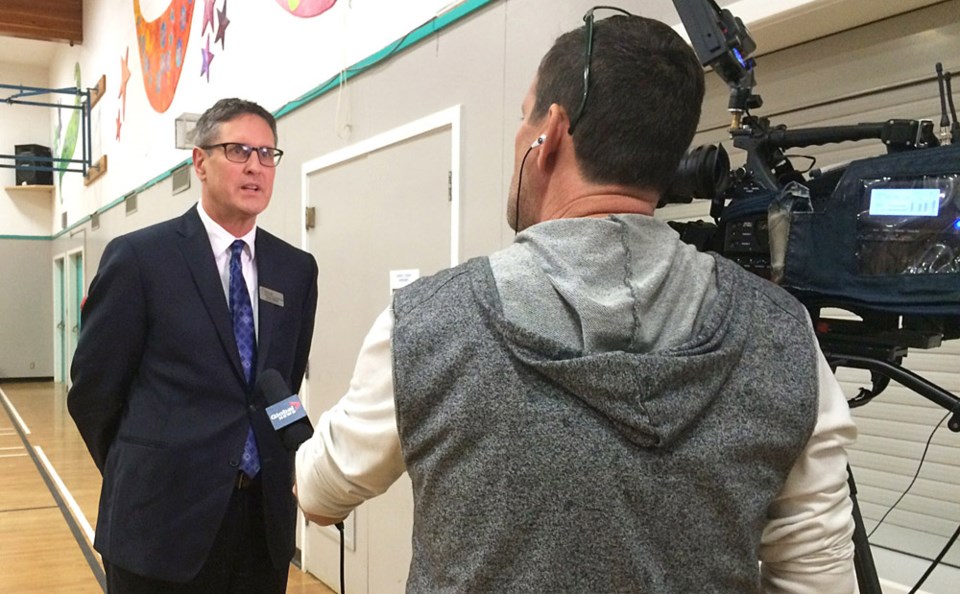A local planning table has laid out a three-year strategy to make Burnaby more welcoming and inclusive for refugees and immigrants, and it’s a plan that will shape an already diverse city for decades to come.
The Burnaby Intercultural Planning Table is launching its strategy Thursday. The plan focuses on four key areas: employment, access to information, cross-cultural connections and civic engagement – all with the goal of making the city a more hospitable place for newcomers.
“Immigrants are our future, and with an aging population and declining birthrate and the current government’s goal of increasing overall immigration to Canada, … it means Burnaby will continue to be a recipient of diversity, of immigrants and refugees,” said Chris Friesen, planning table co-chair and director of settlement services for Immigrant Services Society of B.C. “Their ability to actively participate and engage in Burnaby is directly correlated to the vibrancy and strength of Burnaby in the future.”
The strategy has several action items, like an annual survey of newcomers’ needs, a refugee myth-busting campaign, a service providers fair and tours of city hall to promote civic engagement.
On the jobs front, Friesen is hoping to make inroads with employers to figure out ways they can tap into the refugee and immigrant labour market. Many refugees and immigrants have a hard time finding work in their field because they lack Canadian experience.
Burnaby is already a diverse city - more than half of local residents coming from another country. Friesen pointed to European examples of social disintegration, voiceless groups, racialized ghettos and areas where even police won’t enter as examples of what can happen when cities don’t integrate newcomers.
“This is simply not an option for Canada or for Burnaby,” he said.
Burnaby Family Life’s Michel Pouliot, also a co-chair for the planning table, said Burnaby is already ethnically diverse.
“Making sure we create an environment where every Canadian can contribute to the community is key,” he said.
The planning table includes representatives from more than 15 agencies, including the Burnaby Public Library, the local board of trade, the RCMP, Journey Home Community Association, Immigrant Services Society of B.C. and Burnaby Family Life.
Burnaby: A snapshot of diversity
Source: Burnaby Intercultural Planning Table
- More than 50 per cent of Burnaby’s population was born outside of Canada, according to the 2011 census.
- Immigrant focus groups identified “a lack of sufficient information of Burnaby and its services” as one of the biggest barriers in settling in Burnaby.
- 62 per cent of the Burnaby labour force are immigrants.
- Less than half (42.9 per cent) of immigrants surveyed reported to be employed in their occupational field. 27.6 per cent of the respondents work in a totally unrelated field.
- Historically, Burnaby, along with Surrey and the Tri-Cities (primarily Coquitlam), accounts for B.C.’s highest intakes of refugees. From 2010 to 2014, 660 government-assisted refugees arrived in Burnaby, representing 18 per cent of the B.C. total.
- Recent immigrants in Burnaby experienced a two-digit unemployment rate at 11.9 per cent in 2010, while the city’s overall unemployment rate was seven per cent. Recent immigrants’ median income was almost 45 per cent less than that of the total population ($25,463).



